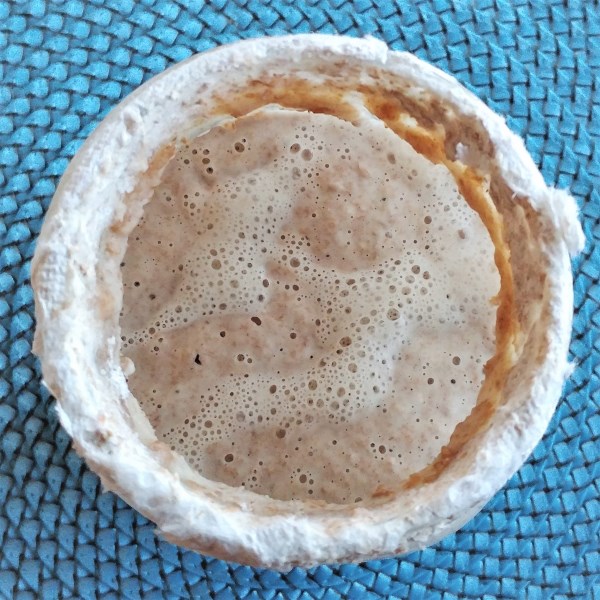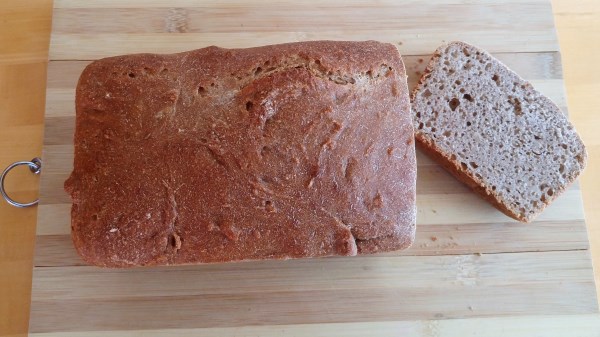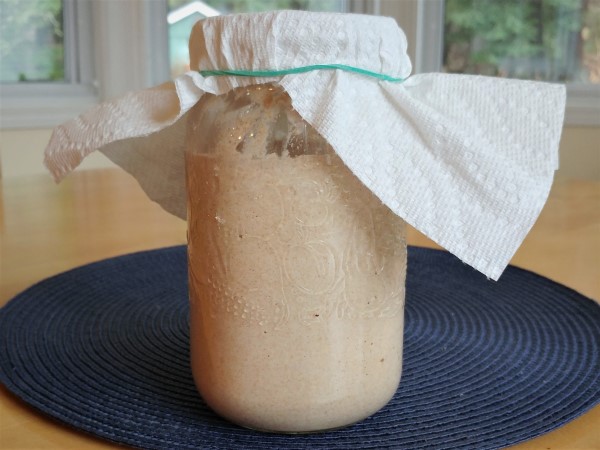Blog Categories
Recent Posts
- Home
- Sourdough Bread – the Comeback of Ancient Baking
Sourdough Bread – the Comeback of Ancient Baking
Posted by on

Bread.
So ubiquitous, we almost take it for granted.
For thousands of years humans have been baking it.
Have you ever wondered how bread might have looked and tasted like hundreds of years ago?
My guess is, ancient bread was more artisanal, less processed, and quite different in both looks and flavor than its modern counterpart.
For one, for most of history bread would have been baked at home rather than in mass-production factories.
Also, in the absence of commercial yeast and refined white flour (both of which are modern commodities), bread would have been made from whole grain flour, without commercial yeast, resulting in a darker, coarser, denser loaf, its flavor rich and complex, reminiscent of the grain from which it was made.
Following in the footsteps of countless generations, I’m honored to dedicate this post to my favorite traditional loaf - the flavorful, aromatic, whole-wheat sourdough bread, which has made quite a spectacular comeback in the past few years, and for good reason!

So what IS sourdough bread?
As the name suggests, sourdough is made from dough that has been fermenting for a while, and is therefore pleasantly tangy.
Fermentation also makes this bread easier to digest and lower on the glycemic index than regular breads. 2
An ancestor of artisanal breads, sourdough is leavened using an ancient technique, where a simple mixture of flour and water is left to ferment for a few days on the kitchen counter, creating a natural leaven, called a starter culture. Once added to dough, this mixture will kick-start the leavening process with no commercial yeast. It’s beautifully self-contained.
This method is called wild fermentation because fermentation will happen spontaneously by wild yeast from the air and beneficial bacteria currently dormant inside the grain and water, waiting for the right conditions to wake up. Moisture, warmth, and exposure to air will set them in motion and start the fermentation, if given enough time.1
In the absence of artificial compounds such as baking soda, baking powder or store-bought dry yeast, we’re relying on natural leavening to take place through fermentation, and this requires we learn to embrace Mother Nature’s pace. No rushing things up. Real food is often slow food. The result is well worth our patience.
Look at my starter culture after a good few days of fermentation.

The bubbles at the top, the pleasant fruity-yeasty fragrance (courtesy of wild yeast from the air), and the gentle tang, mean fermentation is well underway, and the mixture is alive and kicking, ready to leaven dough.
In fact, a couple of days ago we had such a warm day around here, my starter culture erupted out of the jar (albeit in very slow motion), a reminder the ‘slurry’ was very lively indeed …
Once the starter culture is added to dough, expect a good few hours of leavening, in which time the dough will rise and expand. It’s hard to tell how long, since fermentation largely depends on the temperature, and is therefore faster in warm weather and slower when it’s cold. Seven hours (or less) on a hot summer day, and up to 24 hours (or more) in the winter, are reasonable time frames in the sourdough world.
And what is it exactly that happens in the dough while we patiently wait?
A mini ecosystem of naturally occurring yeasts and friendly bacteria is working hard to imbue this delicious and nutritious future loaf with beneficial enzymes, and make the precious nutrients in the grain available and easy to digest. Those hardworking microbes are the silent heroes of the fermentation process 3, the core of this truly living food.
Here is my leavened dough, which almost tripled in size after about eight hours of leavening.

I find it wondrous that a seemingly lifeless ‘blob’ expands and rises all by itself, as if it has a life of its own, don’t you think? But that’s exactly what sourdough leavening is all about!
If this tickles your interest, know that you can probably find fine sourdough loaves in the artisanal section of your grocery store or local bakery, but I have to admit, baking your own loaf from scratch is incredibly satisfying and is my favorite, hands down.
Come to think of it, one can bake dozens of loaves from one big bag of flour, making the cost of homemade sourdough bread dirt-cheap and its quality superior.
Who would have thought flour mixed with water was so potent that it’s capable of creating dough and leavening it all by itself?
I make mine from organic whole wheat flour and water only. Here it is.

Home-baked sourdough is certainly a world away from large-scale factory bread production. No preservatives, additives, or a list of ingredients we don’t recognize. 1 It’s the real thing. Real whole nourishing food.
I never realized sourdough baking could be so simple, till I read this wonderful book Traditionally Fermented Foods, my go-to guide and number one resource for sourdough-DIY, written by fermentation expert Shannon Stonger. The clear explanations and simple instructions in Traditionally Fermented Foods have demystified the fermentation process for me, and made it totally doable.
You will find recipes for various sourdough breads (including gluten-free) in Traditionally Fermented Foods as well as clear and simple instructions on how to start your own sourdough mixture and perpetuate it for as long as you wish.
The book also explains the nourishing and sustainable aspects of fermented foods and mindful eating, and offers recipes for many traditional homemade ferments, such as kvass, kefir, kombucha, yogurt, and fermented veggies.

I have enjoyed my sourdough endeavors immensely in the past few months. And of course, there’s something irresistible about the aroma of freshly baked loaf coming out of the oven.
Wishing you a wonderful weekend, filled with delicious sourdough breakfast toasts,
Yours in fermenting,
Didi
Wise Choice Market
Click here if you wish to read my full review of Traditionally Fermented Foods.
References:
- Shannon Stonger:
Traditionally Fermented Foods - Mother Earth Living
The Sweet Nutrition in Sourdough - Michael Pollan
Cooked: A Natural History of Transformation
Disclaimer:
This article represents its author’s opinion, and is not a medical, nutritional, or professional advice.


 Loading... Please wait...
Loading... Please wait...













